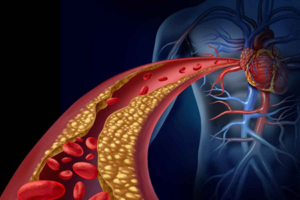 A new study published in JACC: Cardiovascular Interventions indicates that the transradial percutaneous coronary intervention (PCI) is associated with an average cost of US$13,389 with same-day discharge compared with US$17,076 for the transfemoral approach with at least one night of hospitalisation—resulting in a cost savings of about US$3,700 for outpatients who undergo coronary angioplasty procedures with the transradial approach. Independent of the length of stay, the transradial approach costs about US$900 less than the transfemoral approach on average.
A new study published in JACC: Cardiovascular Interventions indicates that the transradial percutaneous coronary intervention (PCI) is associated with an average cost of US$13,389 with same-day discharge compared with US$17,076 for the transfemoral approach with at least one night of hospitalisation—resulting in a cost savings of about US$3,700 for outpatients who undergo coronary angioplasty procedures with the transradial approach. Independent of the length of stay, the transradial approach costs about US$900 less than the transfemoral approach on average.
Using data from the National Cardiovascular Data Registry CathPCI Registry, study authors Amit P Amin (Barnes-Jewish Hospital, St Louis, USA) and others analysed records for 280,000 Medicare patients who underwent PCI and were eligible for same-day discharge. However although all of these patients were capable of leaving the hospital the same day as their procedures, only about 5% were actually discharged without having stayed overnight. Furthermore, only 9% underwent the transradial approach.
The investigators estimated that if a hospital performing 1,000 of PCI procedures annually shifted 30% of these patients to the transradial approach with same-day discharge approach, the hospital would save US$1 million over that period. Expanding that practice to hospitals nationwide might save the USA US$300 million in healthcare spending per year. They believe that the lower costs associated with the transradial approach largely are due to the fact that patients experience fewer complications and can be discharged earlier compared with the transfemoral approach.
Amin comments: “We have unequivocal evidence and data that show better outcomes when we access the heart’s coronary arteries and perform angioplasty through a blood vessel in the wrist rather than through the femoral artery in the groin. The femoral artery is the traditional route, but when we go in through a vessel in the wrist, we see less bleeding, fewer complications, less pain and discomfort, higher patient satisfaction, shorter hospital stays, and lower costs.”
He adds: “We have seen that it is very safe to send these patients home the same day. We use risk-prediction models to predict their risks ahead of time, and we plan ahead to mitigate any issues so we can facilitate a same-day discharge. This is really about patient care. We want to outline healthcare pathways that provide the best care for patients.”












